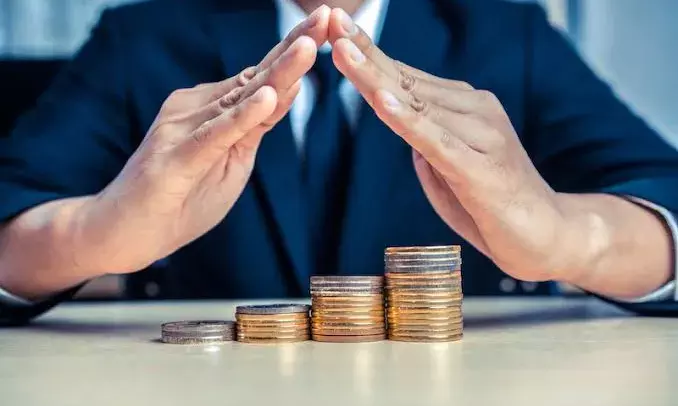How to Keep the Inflation Monster Under Check!!!
Beat inflation blues! Discover expert-approved investment strategies to maximize returns and protect your wealth. Get insider tips on FD, PPF, EPF, and stock market options.;

How much money would you want to save in the next 25 years? Would Rs 1 crore be enough for you? Well, it certainly isn’t a small amount of money, right? But that is true for the present, what about 25 years down the line? Rs 1 crore certainly won’t look as much then, thanks to the ‘monster’ called INFLATION. Inflation means the increase in prices over a period of time, which, in turn, leads to the reduction in an individual’s purchase power. In simple words, money loses its value with the passage of time. So, how do you go about saving a sufficient amount in your pocket while inflation continues to eat into your wealth? Well, there are ways to fool it but before that, a quick refresher in the vagaries of inflation.
Experts have described Inflation as a metaphorical monster because it slowly erodes our money’s purchasing power, making it harder for people to afford necessities despite saving regularly. As per the latest figures, the inflation rate in January 2025 was recorded at 4.31%, which is a decrease from previous months. This is attributed to lowering of food prices, leading the Reserve Bank of India (RBI) to project inflation rate for the next financial year (2025-26) to be around 4.2%.
Inflation weakens your savings a little bit every year. For instance, what you can buy for Rs 10 lakh today will be available for Rs 20-30 lakh after a decade or so. This is why that Rs 1 crore, which seems more than enough today, won’t look enough in 2050. The fact remains that inflation is a harsh reality, which cannot be controlled. But it doesn’t mean you should give up on savings. The real value of money, or your savings, exists somewhere between your investment and inflation.
Given below are some means of investment, which you can use, after considering what you’ll get in the end:-
1) FIXED DEPOSIT (FD) – With an estimated return of 6.5%, FD is, perhaps, the most traditional and “safe” means of investment in India. However, this humble return percentage is closer to the level of inflation, therefore, in reality, your wealth will grow at a humble rate. For instance, at a 5% inflation rate, the 6.5% FD return will, in effect, bring you a lowly return of 1.5% per year.
2) PUBLIC PROVIDENT FUND (PPF) - The PPF is slightly better in terms of returns, with its 7.1% rate of interest. However, you will need to invest Rs 1,46,000 per year to get Rs 1 crore in 25 years. Not a really huge margin, right?
3) EMPLOYEES PROVIDENT FUND (EPF) – Launched on March 4, 1952, through the EPF & MP Act, in the Parliament, the EPF is a saving avenue provided to employees across government and private sectors. Its estimate rate of return, 8.25%, is not very high either but it is still better than the first two options of investment.
4) STOCK MARKET – Nobody can predict whether the market will go up or down the very next day. Similarly, inflation also follows a pretty unpredictable path. Therefore, apart from the traditional investment methods explained above, securing your financial future also calls for a bit of risk taking and diversifying across different asset classes. In this regard, stock market investment catches the eye, especially because of inflation-resistant businesses such as consumer durables, healthcare, energy, real estate, and gold. These assets offer a particular hedge against the rising prices because these retain value, even appreciate, during inflation.
Investment instruments are meant to give you competitive returns against inflation only if you understand the calculation and consider the average inflation rate over the years of investment period. The key is to start early; focus on growth, not just savings; allocate assets for the long term; invest in different options, and; never, ever ignore inflation!
(The writer is a seasoned Banker and Mortgage Specialist working for India’s largest loan distributor company and occasional political commentator.)

